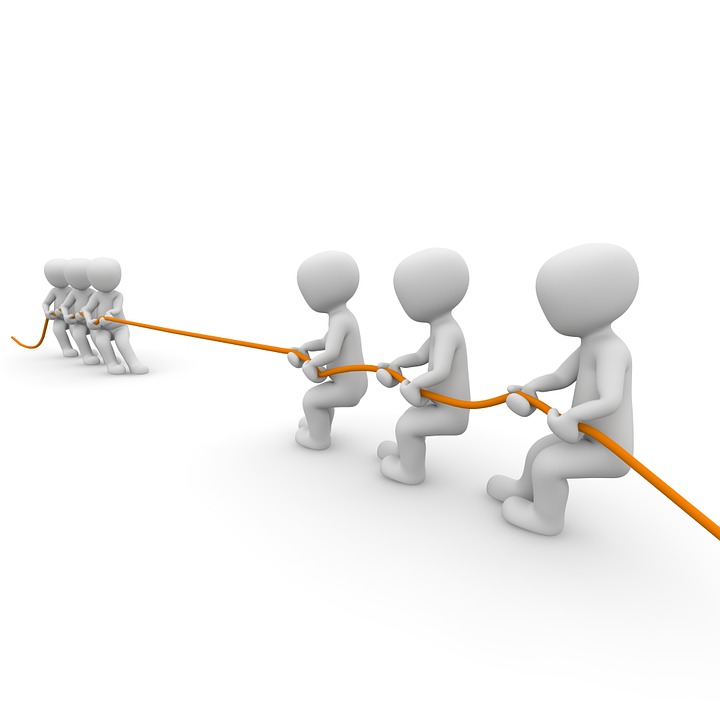As discussed in Part 1, there are often differences in the ways that donors view program evaluation when compared to how nonprofits wish to use evaluation (Zinn, 2017). Donors view evaluation as an accountability measure and prefer evaluations that are rigorous, conducted by third-party experts, and focus on long-term outcomes (York, 2005). However, nonprofits prefer evaluations that are simple, measure short-term outputs, and are less expensive. Is there a way to satisfy the needs of both parties?
The five tips below describe how you, the nonprofit leader, can bridge this gap.
1. View program evaluation as a learning opportunity rather than just using it to prove your success.
Program evaluation is an incredible tool for building your own organizational capacity and improving your programs. While accountability is a big bonus, your primary goal should be that of organizational development and improvement (Saul, 2011).
2. Clearly define what you really need to evaluate and start small.
Too much data can be overwhelming and not at all helpful. A Logic Model, a tool that identifies your inputs, strategies, outputs and outcomes, really helps you focus on measuring the components that align with your organizational goals and will actually help your growth (York, 2005).
3. Pursue appropriate evaluation approaches.
Not every organization needs a randomized controlled study to measure their effectiveness. A qualified evaluation consultant can help you develop an evaluation approach that offers strategies with an appropriate measure of rigor. For example, sometimes administering a survey could be the best path forward, other times, your organization may need to collect data via focus groups.
4. Solicit the help of a third-party coach who will work closely with your staff and help them build their evaluation skills.
An evaluation consultant serving as a coach is an effective balance between internal evaluation staff versus third-party outsiders. Your staff and stakeholders will be actively involved in the evaluation journey, but a coach will be by your side to provide advice and training where needed. It is important to find a consultant who is experienced and willing to coach your team on the evaluation process, rather than one who plans to do all the evaluation work himself/herself (York, 2005). A good consultant will help your organization build your evaluation capacity or your ability to conduct program evaluations on your own.
5. Focus on developing an ongoing evaluation structure, rather than a one-time effort.
While a one-time effort may help in the short-term, it truly takes time to shift the organizational culture so that your team embraces evaluation as a learning process (Morino & Cole, 2011). Make evaluation part of your organizational culture and you should reap huge benefits and improvement of impact! Also, make sure that program evaluation aligns with your organization’s strategic plans and goals.
By viewing evaluation as an opportunity to learn as an organization, nonprofit leaders will be able to accurately assess their strengths and utilize this knowledge for future strategic decisions and grant requests. At the same time, donors will be encouraged by the intentionality demonstrated by these nonprofit leaders and will be inspired to be part of the change. Together, nonprofits and donors can leave a lasting impact!
Don’t know where to start?
Contact REC to learn more about how we can help you develop your Logic Model and Evaluation Plan. We would love to coach you in journey to build your evaluation capacity and maximize your effectiveness! If you have any specific follow-up questions to this blog post, or any other research and evaluation needs, please feel free to contact Dr. Annette Shtivelband (annette@researchevaluationconsulting.com).
Special thanks to Anne Marie Runnels for writing this blog post!
References
Morino, M., & Cole, C. T. (2011). Leap of Reason: Managing to Outcomes in an Era of Scarcity. Mario Morino.
Saul, J. (2011). The end of fundraising: Raise more money by selling your impact. John Wiley & Sons.
York, P. (2005). A funder’s guide to evaluation: Leveraging evaluation to improve nonprofit effectiveness. Fieldstone Alliance.
Zinn, P. (2017). Exploring the tensions between nonprofits and foundations about evaluation. American Evaluation Association 365 Blog. https://aea365.org/blog/exploring-the-tensions-between-nonprofits-and-foundations-about-evaluation-by-prentice-zinn/

